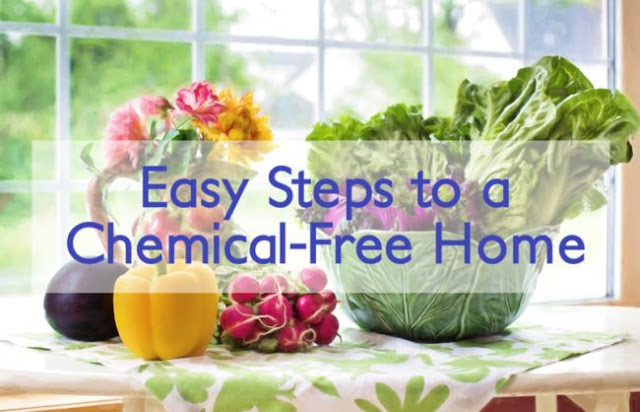Ways To Apply Oils
Inhalation
Inhaling essential oils heightens the senses and can trigger numerous desired responses in the body. Follow these guidelines when using essential oils for inhalation:
Topical application of many essential oils is safe and can offer an enjoyable, relaxing experience. For topical application, follow these simple steps:
Therapeutic Bath Ideas
- 2 cups Magnesium Chloride or Epsom Salt (or perhaps a cup of magnesium and a cup of Himalayan or sea salt)
- 10-15 drops Essential Oil (choose oils that are gentle on the skin and tested for personal tolerance)
- ½ cup Apple Cider Vinegar (optional)
Combine the salt and essential oil and then add to hot running water. We like to get the bath water as warm as tolerable and then soak for at least 20 minutes for the full effect. We don't add a carrier oil to the bath, as that inhibits the absorption of the Epsom salt and essential oils. Rather, if desired, apply a moisturizing oil to your skin after the bath.
Great oils for Bath/Shower
- Cardamom
- Clary Sage
- Cypress
- Eucalyptus Radiata
- Geranium
- Lavender
- Myrtle
- Palmarosa
- Petitgrain
- Pine
- Ravintsara
- Roman Chamomile
- Rose
- Thyme ct. linalool
Many essential oils make excellent food flavorings or dietary supplements. I will also say that I would *ONLY* trust this method with Young Living essential oils. Check out their Seed to Seal guarantee.
Before using any essential oils we suggest:

.jpg)


.png)
.jpg)

.jpg)


